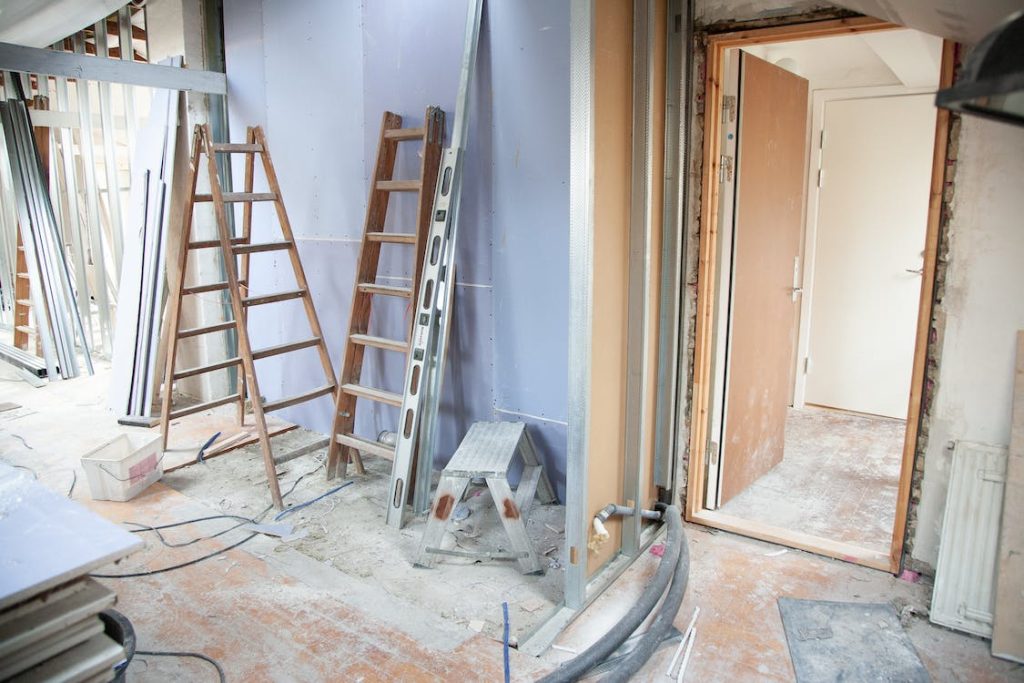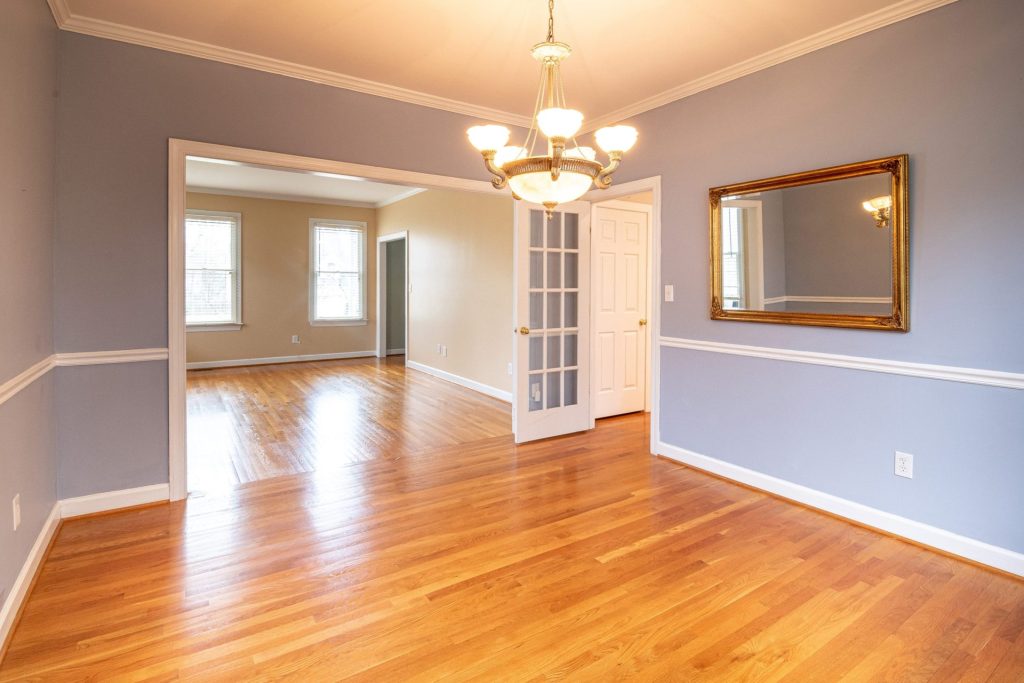BLOGS
Radiant Floor Heating Cost in the Philippines 2023
How much does it cost to install heated flooring?
Installing radiant floor heating in your luxury home can cost around 250,000 – 400,000 PHP. Of course, radiant floor heating costs will vary depending on the scale of the area you wish to cover and its accompanying labor costs. The type of heating system you opt for will also affect the overall costs, as electric systems and hydronic radiant systems are priced differently.
Table of Contents
-
How much does it cost to install heated flooring?
-
How much do electric and hydronic radiant heating systems cost?
-
What is involved in installing a radiant floor heating system?
-
What types of floors work well with radiant heat?
-
What are the pros and cons of radiant floor heating?
While radiant floor heating can be an expensive choice, the hefty price tag is worth it, especially if you have a luxury home or luxury condominium in Baguio or Tagaytay. Enjoying the cooler climate of those areas doesn’t mean forgoing warmth. With heated floors throughout your home, you get to appreciate your space even more with the additional comfort of underfloor heating that keeps your feet warm in the cooler climate.

How much do electric and hydronic radiant heating systems cost?
Generally speaking, there are two common radiant floor heating systems you can choose from: an electric radiant floor heating system or a hydronic radiant floor heating system.
Electric Heating System
Cost per Square Foot: 800 to 900 PHP
An electric radiant system heats the floor by passing an electric current through a system of coils installed underneath the flooring. Electric systems typically cost more to install. However, if you already have an existing electric system to heat the water in your home, it would be more cost-effective to also use an electronic system for heating your floors.
Hydronic Heating System
Cost per Square Foot: 570 to 900 PHP
Hydronic radiant heating systems use hot water to warm up a space. This system pumps hot water from a boiler to pipes underneath the floor. This hot water produces steam, which in turn generates warmth on the floor and in the room.
If you already use a boiler for heating water in your home, you can also use a hydronic system for heating your floors. If you are building a new home, a hydronic heating system will also be a great choice because it usually has a lower operating cost compared to an electric system.
With a hydronic system, you also have a choice between copper or PEX tubing for the pipes. Traditional heating systems use copper piping, but leaks are often the issue with copper. PEX tubing is the more popular choice today. This strong plastic material is also highly flexible, making it a great option for underfloor pipes.

What is involved in installing a radiant floor heating system?
Heated floors are considered an invisible heating system, as the coils or tubes are placed underneath the floors. Because of this placement, radiant floor heating installation is a complex and labor-intensive process.
To install radiant floor heating in an existing home, contractors will have to tear up your existing floors to install the coils or tubes. These will be placed either above or below your subfloor. These coils or tubes must also be connected to the main electrical system (if using an electric radiant heating) or your water boiler (if using a hydronic heating system).
Once this is done, the flooring can then be reinstalled over the subfloor and heating system.
When adding radiant floor heating on new construction, make sure to have your contractors install the heating system prior to putting in your flooring to avoid additional costs or delays.
What types of floors work well with radiant heat?
Typical heating systems often use heated air to warm up a space. On the other hand, radiant floor heating systems directly heat the floor in rooms where they are installed. Because of this, the material you use for the floors will have an impact on how effectively your radiant floor heating will work.
Radiant floor heating has been around for a long time. It was primarily how ancient Romans heated their homes. Knowing this, tiles and stone floors pair really well with any type of floor heating system. Tiles and stone flooring conduct heat well, which will warm up your space faster.
If you want to use wood floors in your luxury home, make sure to use engineered wood rather than hardwood for your flooring. Engineered wood has been treated which means it won’t expand as much in reaction to the additional heat and humidity from radiant heat.
If your home is carpeted, you will experience a lot of heat loss with radiant floor heating. Carpets are highly insulating materials. As a result, the heat from the coils or tubes beneath your floor won’t radiate past the carpet very well.
Radiant floor heating is often installed in living rooms and bedrooms, spaces where extra coziness is appreciated. But installing radiant heating in the entryway and bathrooms is also a great addition to your home. These spaces are often small, and heated floors in a small space can make a huge difference in terms of warmth. Attention to detail in these smaller spaces gives of a quiet luxury feel that will resonate throughout your home.

What are the pros and cons of radiant floor heating?
Of course, as radiant floor heating systems are an optional add-on to any luxury home, not everyone will choose to install it in their homes. As with any home improvement decision, installing heated floors comes with its own list of pros and cons. Before you decide to install radiant floor heating in your next luxury home, be sure to carefully weigh the benefits and drawbacks you may experience.
Pros of Radiant Floor Heating Systems
- Even heat distribution: Underfloor heating is evenly spread out across the entire floor of any given space. As a result, this type of heating system will have little to no cold spots that other traditional heating systems often have.
- Hypoallergenic: Traditional heating systems often use forced air systems that blow hot hair through vents and air ducts around the home which can spread dust and allergens around your home. Radiant floor heating systems eliminate that risk.
- Better Air Quality: Floor heating systems will not dry out the air inside the room, making it more comfortable to breathe in.
- Silent and Invisible Heating: Radiant floor heating systems are installed underneath the floors, and their electronic or boiler-powered source is often placed in a service area in your home. This results in a luxuriously heated space that provides comfort in invisible ways.
- Safe: Floor heating systems are safer for children and pets because it has no visible parts that can get very hot to the touch and cause burns.
- Energy-efficient: Radiant floor heating requires less energy compared to conventional systems, lowering your utility bills in the long run.
- Adds Value to Your Home: If you plan to sell your home in the future, having a floor heating system installed increases the home’s value.

Cons of Radiant Floor Heating Systems
- Expensive Installation: While radiant floor heating costs save you money in the long run, the initial installation cost is quite heavy. Radiant floor heating installation cost also increases when installed in an existing home, as it requires extensive demolition as well as updating of electrical or hydronic systems.
- Raises Floor Levels: Floor heating will raise your floors by about one inch due to the heating hardware installed. This decreases the total available height of a room, which is something to consider especially in low-ceiling areas.
- Not Ideal for Carpet or Wood Floors: Radiant floor heating works better with better heat conductors like tile or stone floors. For carpeted rooms or wooden floors, it will take a little longer to get to the desired heat.
- Expensive Repairs: If a leak occurs, or if the electrical heating system becomes faulty, repairs will likely be expensive as your floors might need to be torn up.
Interested in a luxury home where you can install radiant floor heating? Check out Brittany Corporation’s luxury properties in Baguio and Tagaytay today!
Suggested Read: Benefits of Wood-Burning Stoves For Your Luxury Home
Suggested Read: Insulation Guide for Energy-Efficient Luxury Homes
Suggested Read: Spanish Household Energy Consumption Patterns
Suggested Read: Boiler Installation Cost
















